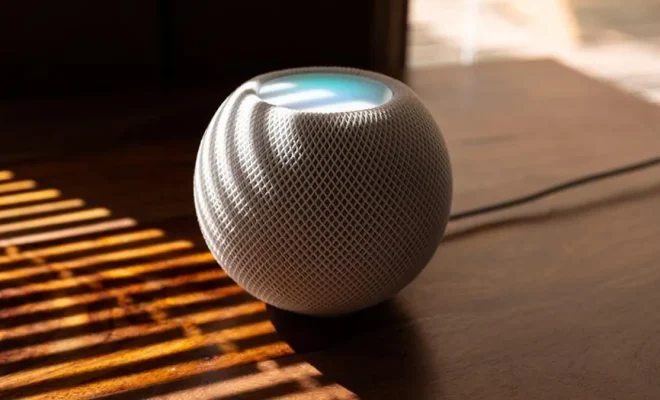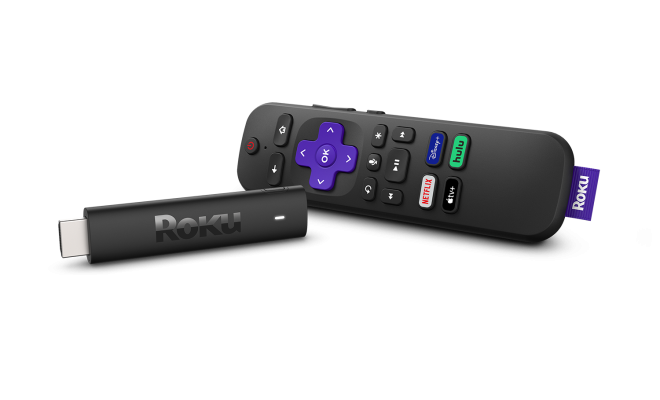How to Test Drive a Car

Buying a new or used car is an exciting experience, but it’s important that you test drive the vehicle before purchasing it. The test drive allows you to ensure that the car meets your needs and preferences. Here are some tips on how to effectively test drive a car.
1. Research and compare vehicles
Before going to the dealership, do your homework and research different makes and models. Narrow down your options, consider your budget and prioritize what features are most important to you. This will make it easier when arriving at the dealership and deciding on which cars to test drive.
2. Schedule a test drive appointment
Call your preferred dealership in advance to schedule a test drive appointment. This ensures that the vehicle will be available for you when you arrive. It also gives the salesperson the opportunity to prepare any necessary paperwork or setup.
3. Perform a walk-around inspection
Before getting into the vehicle, take a moment to inspect its exterior. Look for any signs of damage, such as dents or scratches, as well as any misaligned panels or gaps between body parts. Check tire treads and ensure that all lights are functioning properly.
4. Adjust seats and mirrors
When first entering the car, take time to adjust your seat, steering wheel, mirrors and other controls for optimal comfort and visibility. This will help you focus on how the car drives, rather than being distracted by discomfort or unsafe settings.
5. Get familiar with the controls
Spend a few minutes familiarizing yourself with all of the controls inside the vehicle, including climate settings, audio system, windshield wipers and dashboard information display.
6. Plan a driving route
Choose a driving route that includes various types of road conditions you typically encounter during your daily commute (i.e., city streets, highways, hills, etc.). This will help you evaluate how well-suited the vehicle is for your needs.
7. Assess vehicle performance
As you drive, pay attention to the car’s acceleration, braking, handling and ride quality. Note any unusual noises, vibrations or odors, and report them to the salesperson during your discussion.
8. Parallel parking
If parallel parking is a common activity for you, find a spot on your test drive route where you can practice parking the car. This will help you gauge whether or not the vehicle is easy to park and maneuver in tight spaces.
9. Evaluate technology and safety features
Test out any advanced technology and safety features that are important to you, such as adaptive cruise control, blind spot monitoring, rearview cameras and infotainment systems. This is a great opportunity to determine if these features are intuitive and useful for you.
10. Don’t rush
Take your time during the test drive, making sure that you feel comfortable and confident with the vehicle. Ask any questions or voice concerns that come up throughout your drive.
By following these tips, you can ensure that your test drive experience provides all of the necessary information for making an informed decision about your next car purchase. Happy driving!




